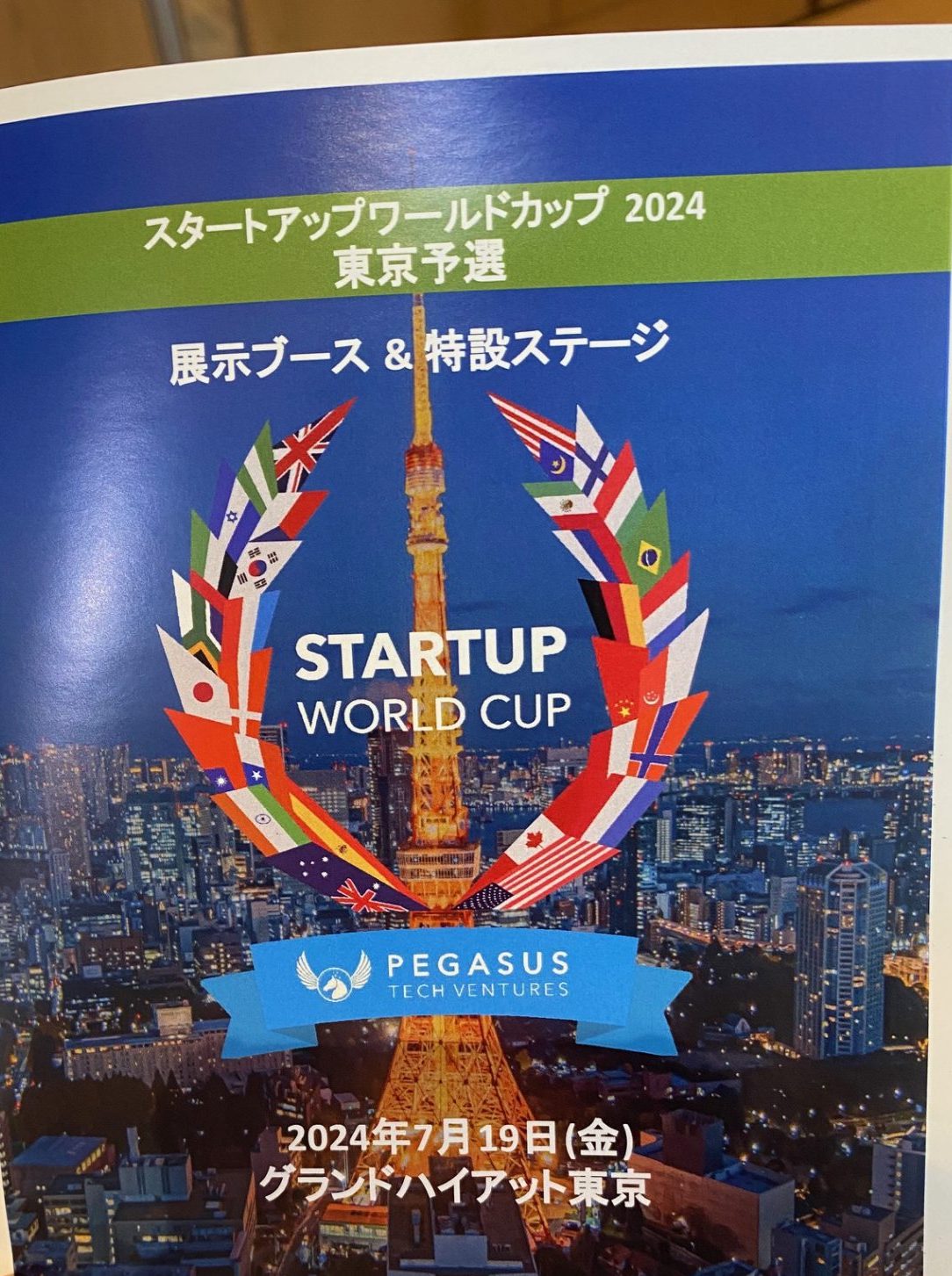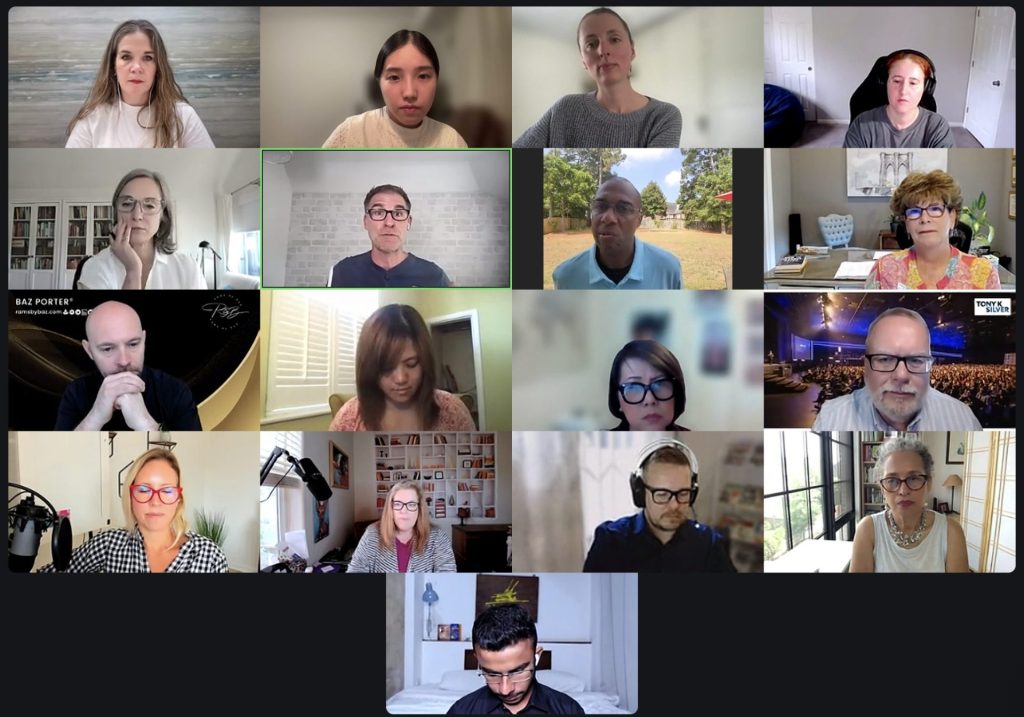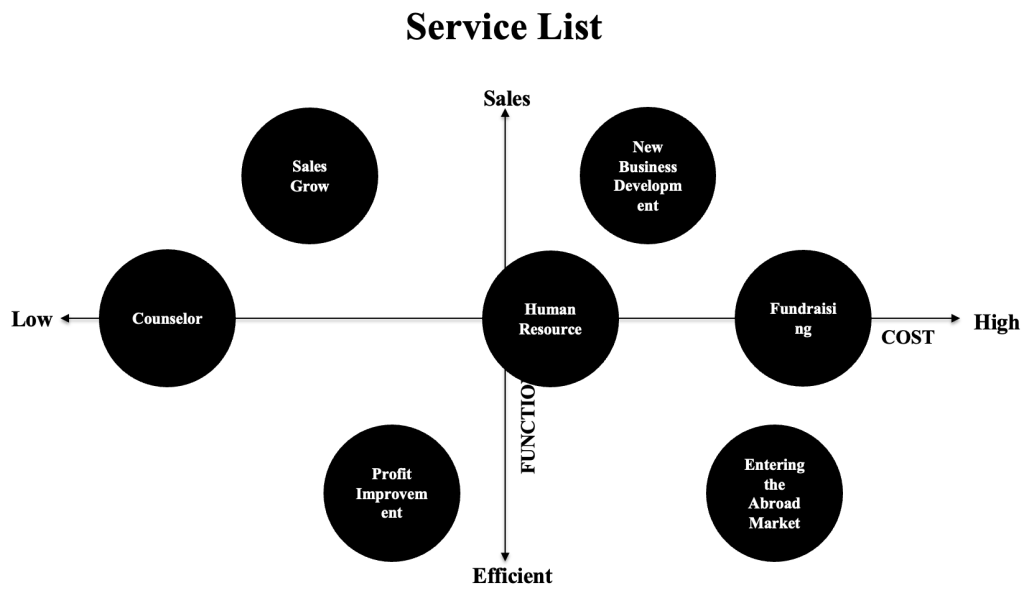The culture of Japanese businessman
Japanese business culture emphasizes hierarchy, respect, and long-term relationships, with indirect communication and consensus-driven decision-making. In contrast, Western business cultures, like those in the US and Europe, are more egalitarian, direct, and focused on efficiency and immediate results. Understanding these differences can enhance international business interactions.
One Story of the SASAL, INC’s Intern
As an Intern from overseas in SASAL, INC, the question of why I decided to look for an internship in Japan is relevant. In this article, I wish to express some of the personal yet essential reasons for which Japan, and Tokyo, felt like the right place for me to be.
Long-Time Goal
It is true that I have always been attracted to bigger cities. The idea of living in a dynamic, urban metropolis is a long-time goal of mine. Sadly the reality is far more cruel. With crowds and wide spaces often comes danger. Having visited Paris quite a few times, I felt this constant insecurity there and I could not help but associate this feeling with the general case of major cities. When I had the opportunity to move to Japan for studying, my first thought was to avoid Tokyo at all cost. As much as I wanted to go there, this fear of feeling oppressed and endangered seemed to be stronger than my long-time dream of experiencing capital cities. Cost wise as well, after discussing it with my parents, it seemed safer to start in a smaller city of Japan.

How did I still end up I Tokyo you would ask ? Well, when I was choosing among the different universities I could study in, I came across the prestigious Keio University and, despite being in Tokyo, I decided to check its program for international students. Their courses program was completely fitting with what I had been looking for : their classes choices were various and the possibility to rent a room in a dorm etc. appeared to be very convenient. After further thinking, I decided to apply to Keio University as my first choice.
➞ This is how I ended up in the most-populated city on Earth.
Getting Closer To The Dream
The reason for wishing to study in a Japanese university in the first place comes from the fact that I did a bachelor’s focused on languages, both English and Japanese. I had built a strong interest in the Japanese language in high school and wished to have it be my main focus at university. I chose this bachelor program in particular because of the opportunity it offers to study the entire third year abroad. My main focus being Japanese, it seemed more than logical to apply to Japanese universities.
Due to the world pandemic, I was unable to flight to Japan for the full length of my study at Keio University. I did the full first semester from my room in France, on my computer, adapting to Japan’s standard time. This period was discouraging as I was finally studying at a prestigious Japanese university, but I was not able to physically put a foot in Japan. Thankfully, the situation improved a bit, and as soon as Japan announced the opening of its frontiers, I was at the Japanese Embassy in Paris, asking for a visa. In less than two weeks, everything was ready, and I was finally flying to the land of Mount Fuji. I was able to complete the final semester of my bachelor’s on the campuses of Keio University.

➞ This is when my particular interest for Tokyo started to really grow.
Second Chapter in Japan

As I was spending my semester in Keio University and discovering the beauties of Japan, I was also applying to masters back in my home country. I wanted to specialize in International Trade while keeping my focus on languages. This is when I came across the master I am currently in. What attracted me -and fairly every other candidate who applied- was the fact that the second year of master’s had to be done entirely overseas. With Japanese being my main focus, my application for studying in Japan was top priority among every other masters. My first experience in Keio and in Tokyo had been so enriching that I had been looking forward to going back there as soon as I could. After going through the whole application process as well as the interviews with my school etc. everything was set and ready to be sent to Keio University and all I could do was to wait for their answer.
➞ Mid-June, the results came in and I was going back to where I left off. It was the happiest news.
An Opportunity to Stay Longer ?
While I was doing my 2nd year of master’s first semester in Keio University, I started looking for internships all over the world but mostly in Tokyo. Tokyo really became home to me and I was not ready to say goodbye to this city again. After long and perilous efforts, I finally found a company that would take me in for my mandatory internship – SASAL, INC – and which would allow me to pursue my stay in Tokyo.

Having met lots of exchange students throughout my semester in Keio University, I often encountered the case of individuals being happy with their experience abroad but feeling homesick and wishing to go back home. A single semester or a school year is usually more than enough for most students and they are actually happy and should-I-say relieved to get back home after their time abroad. However, in my case, this has never been a sentiment I felt. The longer I stay, the happier I seem to become. This is the reason for which I believe Tokyo is the home I have been longing for. I often get asked about my family and whether it is hard to be separated and so far away for that long.. but the answer is no. As an adult, I am able to achieve the goals I have set for myself and regarding my family, we communicate daily and not being all-over each other constantly definitely brings people even closer.
Then why Japan ?
So to answer the question of why Japan, and in my specific case : why Tokyo ? Simply because it felt just right. Tokyo has welcomed me like no other city has and it has helped me unknot links I had built in my mind for years about big cities and it is mostly allowing me to live this all-time dream of mine with all the safety I require to be appeased. Tokyo has been nothing but security. I have been able to reconcile with crowded places and to even find myself enjoying them more than quieter places at times. The feeling of safety that Tokyo procures is like no other. On top of the feeling of security, Tokyo has offered me freedom. It is a great city where to spend one’s youth. I have been able to make meaningful connections thanks to my studies at Keio University. Tokyo is a very dynamic city and it has something to offer to everyone. Whether one likes art, music, prefers urban places or quiet parks ; wants to pursue its passion or is simply trying to enjoy its time ; Tokyo makes everyone belong. Moreover, we cannot deny that Tokyo really is the prettiest city there is -definitely not a biased statement-.

The Japanese population has also welcomed me so kindly. Even if I was not always able to properly express what I needed, everyone has always been super nice and helpful to me, regardless of the situation. I never felt judged or felt like I particularly stood out, even if I am a foreigner. A metropolis like Tokyo is more welcoming that smaller places and it is full of new things to discover constantly.
➞ For all of these main reasons, and others I am yet discovering, Tokyo just feels like home to me and is the place where I want to be right now. I am beyond grateful for SASAL, INC to have offered me the opportunity to do my internship in its company and to start my working experience in Japan.











